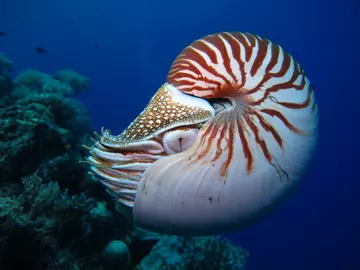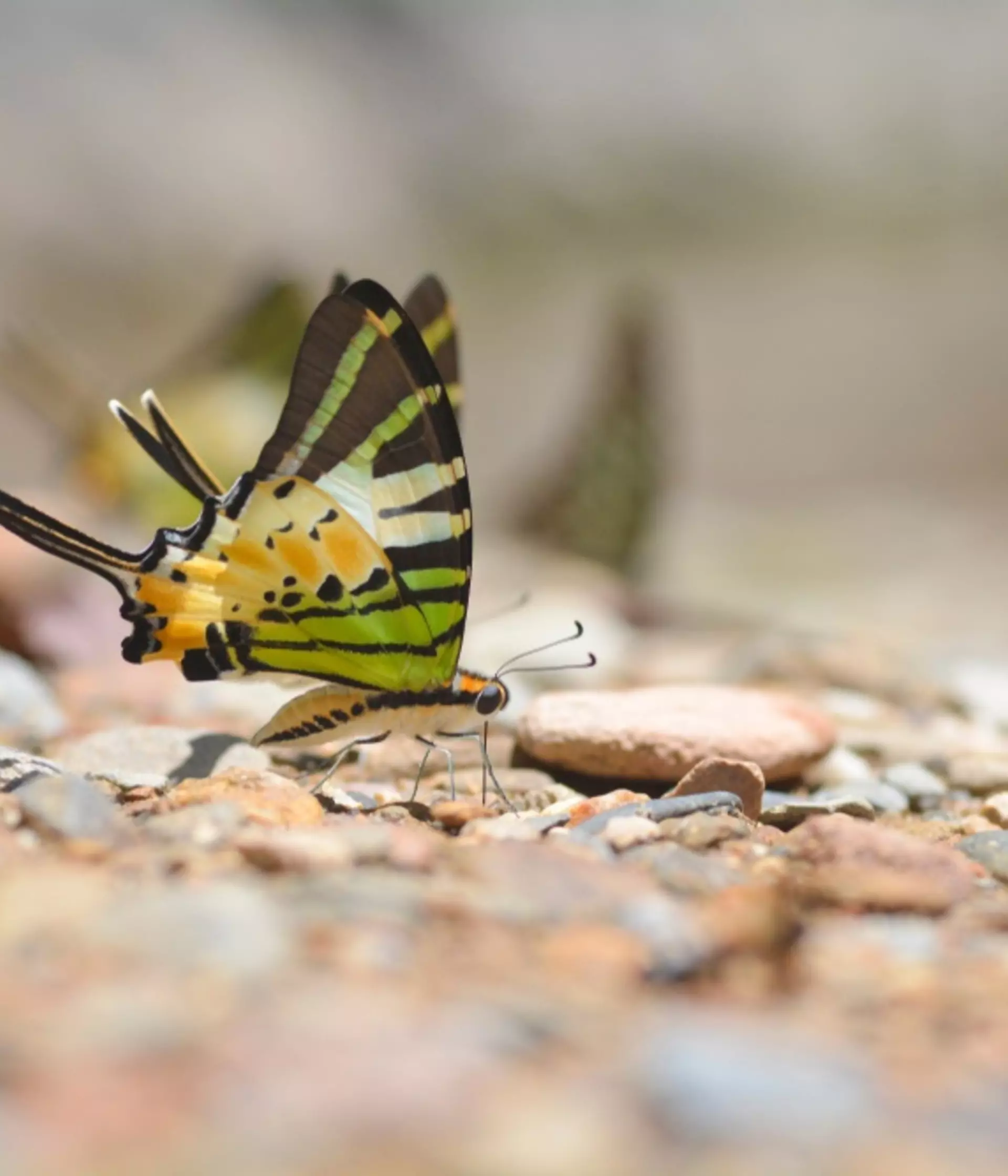
At ZSL, we’re delivering innovative science-driven conservation - identifying species most at risk and understanding the underlying causes through the Red List Index project.
We only know the conservation status of around 7% of the world's described biodiversity. This limits our understanding of the impact of humans on biodiversity, and with it, the ability to make informed decisions on conservation planning and action.
Biodiversity indicators such as the Red List Index (RLI) can be used to monitor changes in the threat status of species over time. Red List Indices have been calculated for some species groups: mammals, birds, amphibians, reef-forming corals and cycads, but one of the major challenges for The IUCN Red List is assessing the larger groups that represent the majority of the world’s biodiversity. And that's where we come in.
The IUCN Red List of Threatened Species is the leading authority on global species extinction risk. Its purpose is to provide information and analyses on the status, trends, and threats to species to inform and catalyse action for biodiversity conservation.
All species on the IUCN Red List have been assessed against the IUCN Red List Categories and Criteria. These quantitative criteria were developed by ZSL’s former Director of Science, the late Professor Dame Georgina Mace.
ZSL, along with several other NGO and academic partners, supports the delivery of the Red List as a Red List Partner. Our work is focused on sampled approach assessments, supporting National Red List assessments, and the Green Status of Species, among others.
Countries, regions and other entities can undertake Red List assessments at a national or regional scale to better understand the status and needs of species within their jurisdiction. Many countries develop their own methods appropriate to their needs. To guide the application of IUCN methods at this scale and encourage standardisation, the IUCN developed the Guidelines for Application of the IUCN Red List Criteria at Regional and National Levels: https://www.iucnredlist.org/about/regional
Regional and National Red Lists provide countries with key information about species status within their borders, which can be used directly for national or regional conservation and planning policies supporting effective protection of biodiversity.
Importantly, National Red Lists can be used to assist member states and regions in measuring and reporting progress towards international commitments and multi-lateral agreements on biodiversity, for example, reporting on the Convention on Biological Diversity (CBD) targets.
Further information can be found on the National Red Lists website.
The sampled approach to the Red List Index (sRLI)
We're working to tackle some of the challenges through the sRLI - a collaboration between IUCN members, coordinated through the Institute of Zoology.
This initiative aims to broaden the taxonomic coverage of The IUCN Red List to better represent biodiversity, provide increased species data coverage, enable a greater understanding of biodiversity status and trends, and to identify key regions and taxa that require greater conservation attention.
The sampled approach is an adaptation of the IUCN Red List Index (RLI), which uses data from The IUCN Red List of Threatened Species and is an indicator of the relative rate at which the conservation status of certain species groups change over time, and the RLI has been adopted by the Convention on Biological Diversity (CBD) as one of the indicators to measure progress towards biodiversity targets.
By conducting conservation assessments at regular intervals, changes in the threat status of taxonomic species groups can be used to monitor trends in extinction risk. And, ultimately, we can then help to find practical solutions that will aid wildlife recovery.
In recognition that targets such as CBD 2010 required a more rapid approach to generating conservation assessments across mega-diverse taxonomic groups, a sampled approach to the Red List Index (sRLI) was developed to determine the threat status and trends of lesser-known and less charismatic species groups.
The sRLI is based on a representative sample of 1,500 species selected for a number of taxonomic groups within vertebrates, invertebrates, plants, and fungi. Taxonomic groups consisting of less than 1,500 described species will be comprehensively assessed using the IUCN Red List Categories and Criteria. As a result, the sRLI provides a more broadly representative picture of biodiversity change.
It gives us baseline information on the current status of biodiversity, which we can compare to potential future changes in threat status during reassessments of the sRLI taxa.

Species coverage of the sampled Red List Index
Biodiversity conservation has in the past mainly concentrated on charismatic megafauna, such as mammals and birds. The IUCN Red List now contains complete assessments for mammals, birds, amphibians and reptiles, and fish assessments are well on the way, in part due to the sRLI project.
What about the majority of our biodiversity which is represented by invertebrates and plants?
The number of described species of invertebrates and plants still lags a long way behind the estimated global total species richness, and the conservation status of these species groups is therefore largely unknown. But many of these groups play vital roles in the functioning of our ecosystem and therefore to our own well-being, so it's vital that more is done to find out more.
Broadening species coverage: the sRLI species groups
Work started in 2007 on the following species groups, helping to broaden IUCN Red List coverage by including large numbers of invertebrates in the assessment process:
- Comprehensive assessments are complete for amphibians, birds, crayfish, freshwater crabs, lobsters, mammals and reef-building corals
- Comprehensive assessments are underway for cephalopods and swallowtail butterflies
- Sampled assessments are complete for dragonflies, fish and reptiles
- Sampled assessments are underway for butterflies, dung beetles, freshwater molluscs, gymnosperms and monocotyledon plants
In a nutshell, the sRLI uses weight scores based on the Red List status of each of the sample species. These scores range from 0 (Least Concern) to Extinct/Extinct in the Wild (5).
Summing these scores across all species and relating them to the worst-case scenario - where all species are extinct - gives us an indication of how biodiversity is doing. Repeating the assessments over time will then allow us to see whether the extinction risk of biodiversity is overall increasing, decreasing or staying the same.

Who carries out the assessments?
Any project as ambitious as this requires a large network of contributors. Different species groups are assessed by different organisations or initiatives. For example, comprehensive species assessments from the IUCN-led Global Mammal Assessment and Global Amphibian Assessment, as well as comprehensive bird assessments coordinated by Birdlife International, will feed into the sRLI.
Other species groups are being assessed by expert organisations: for example, plants are assessed at the Royal Botanical Gardens at Kew , corals by the Global Marine Species Assessment and dragonflies by the IUCN Dragonfly Specialist Group.
ZSL has led the sRLI assessments for a number of groups, such as crayfish, freshwater molluscs, reptiles, fish and lobsters, so that we can understand more about the threats they're facing and how we can better protect them.
